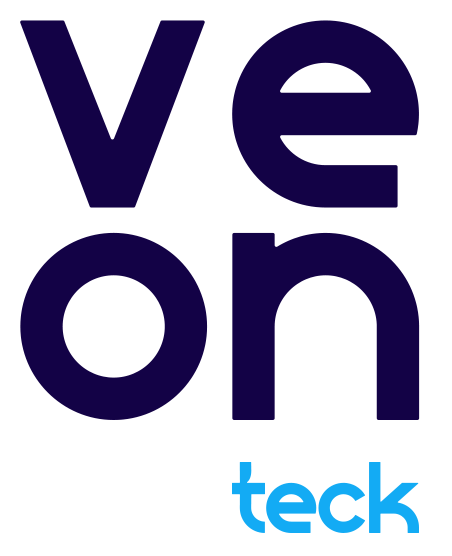Cybersecurity
Cybersecurity is the digital fortress that shields our world, empowering us to explore, innovate, and connect without fear.
Cybersecurity practices
Remember, cybersecurity is an ongoing process, and staying informed about emerging threats and evolving best practices is crucial to maintaining a strong security posture.
Multi-Factor Authentication (MFA)
Enable MFA whenever possible to add an extra layer of security by requiring additional verification steps.
Phishing Awareness
Be cautious of suspicious emails, messages, or links that may attempt to trick you into revealing sensitive information. Exercise skepticism and verify the authenticity of communications before taking any action.
Encryption and Data Protection
Encrypt sensitive data, both at rest and in transit, to prevent unauthorized access. Implement access controls and user permissions to limit data exposure.
Regular Security Audits
Conduct periodic security audits and assessments to identify vulnerabilities, evaluate security measures, and ensure compliance with industry standards and regulations.
Incident Response Plan
Develop an incident response plan that outlines the steps to be taken in the event of a cybersecurity incident, including roles, responsibilities, and communication protocols.
Our cybersecurity initiatives thrive through strong collaboration with the world’s most trusted vendors, ensuring cutting-edge solutions and a fortified defense against evolving cyber threats.
Our collaboration with trusted vendors is essential in building a robust defense against cyber threats. Together, we strengthen our security measures, implement best practices, and continuously enhance our ability to withstand and mitigate the risks posed by sophisticated adversaries.
Cybersecurity Measures
By implementing these cybersecurity measures, organizations can significantly enhance their security posture and reduce the risk of successful cyber attacks. However, it’s important to note that cybersecurity is an ongoing process that requires continuous monitoring, adaptation to emerging threats, and staying updated with the latest industry practices and technologies.
Strong Access Controls
Implement robust authentication mechanisms, such as multi-factor authentication (MFA), to verify user identities and restrict unauthorized access to systems and data.
Network Segmentation
Divide networks into segments to isolate sensitive data and limit the lateral movement of threats, reducing the impact of potential breaches.
Regular Data Backups
Implement regular backups of critical data to secure locations, preferably offline or in the cloud, to mitigate the impact of data loss caused by ransomware attacks or other incidents.
Network and Endpoint Security
Deploy robust firewalls, intrusion detection and prevention systems, antivirus software, and endpoint protection solutions to detect and mitigate threats at various entry points.
Regular Security Assessments
Conduct periodic security assessments, including penetration testing and vulnerability scanning, to identify weaknesses and address them proactively.
Secure Configuration
Follow security best practices in configuring systems, networks, and devices, including disabling unnecessary services, changing default passwords, and applying least privilege principles.
Data Privacy and Compliance
Ensure compliance with relevant data protection regulations, such as GDPR or CCPA, by implementing appropriate data privacy measures and regularly reviewing and updating privacy policies.




